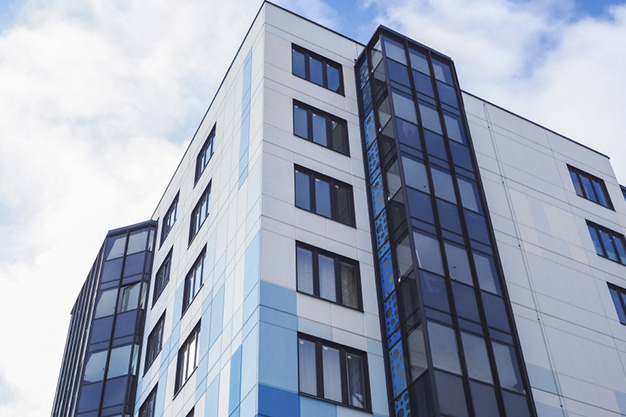
The multifamily market experienced considerable strength in the second quarter, with anticipation of continued demand in the third quarter, according to CBRE Research’s latest U.S. Multifamily Figures report.
The industry saw a net absorption of 179,400 units, the highest second quarter total in over 15 years, “reflecting pronounced cyclical market expansion and recovery,” stated CBRE Research. The first half of the year net absorption totaled 197,300 units, which is nearly five times higher than the first half of 2020 and 4.5% above the pre-COVID first half of 2019.
CBRE Research attributed the rise in demand to job growth, improving consumer confidence, rising home prices, and the easing of COVID-19 restrictions.
Construction levels also remained high in the second quarter, with 65,600 units added. The year-to-date total comes in at 117,900 units, with the first half of the year’s net absorption outpacing the new supply. For 2021, according to CBRE Research, annual completions are expected to hit over 300,000 units for a new cyclical peak.
Construction starts and permit activity are also up year over year. Through May, starts totaled 218,800 units, 19.4% higher than the same period last year and 48.2% higher than in 2019. Permit activity in the first half totaled 247,800 units, 22.3% higher than the same period in 2020 and 14.5% from the first half of 2019.
With 771,600 units under construction in May, deliveries are expected to remain high into 2023, stated CBRE Research.
Demand also is outpacing supply in most major markets. Over the past year, the major Florida metro areas—Miami and South Florida, Tampa, Orlando, and Jacksonville—added 34,200 units with net absorption at 50,500 units. Houston, Dallas/Fort Worth, Austin, and San Antonio delivered 51,400 units with net absorption at 60,400 units.
Six of the 24 leading markets for new supply—Austin; Charlotte, North Carolina; Fort Worth; Jacksonville; Nashville, Tennessee; and Orlando—had a completion-to-inventory ratio of more than 3.5%, which is a potential red flag for overbuilding. However, CBRE Research said high levels of demand are being maintained, justifying this robust development activity.
Falling to its lowest level in two years, the overall vacancy rate dropped to 4% in the second quarter, down 70 basis points quarter over quarter and 60 basis points year over year. Fourteen markets also saw vacancy rates under 3%, including California’s Inland Empire at 1.6% and Ventura at 1.7%; Providence, Rhode Island, at 1.8%; and Norfolk, Virginia, at 2%.
Multifamily investment volume also saw a boost in the second quarter, increasing 34% quarter over quarter to $52.7 billion. Except for fourth quarter volume, which is traditionally the highest level of the year, 2021’s second quarter volume was the highest quarterly level in at least 15 years, said CBRE Research. The multifamily sector accounted for 36.6% of total commercial real estate volume in the first half of the year, followed by industrial at 20.6% and office at 18.9%.
Leading all metros for multifamily investment in the first half was Dallas/Fort Worth, with $7.7 billion in total sales—8.4% of the U.S. total. Atlanta and Phoenix followed with $6 billion and $5.7 billion, respectively, in investment volume for the first half.
